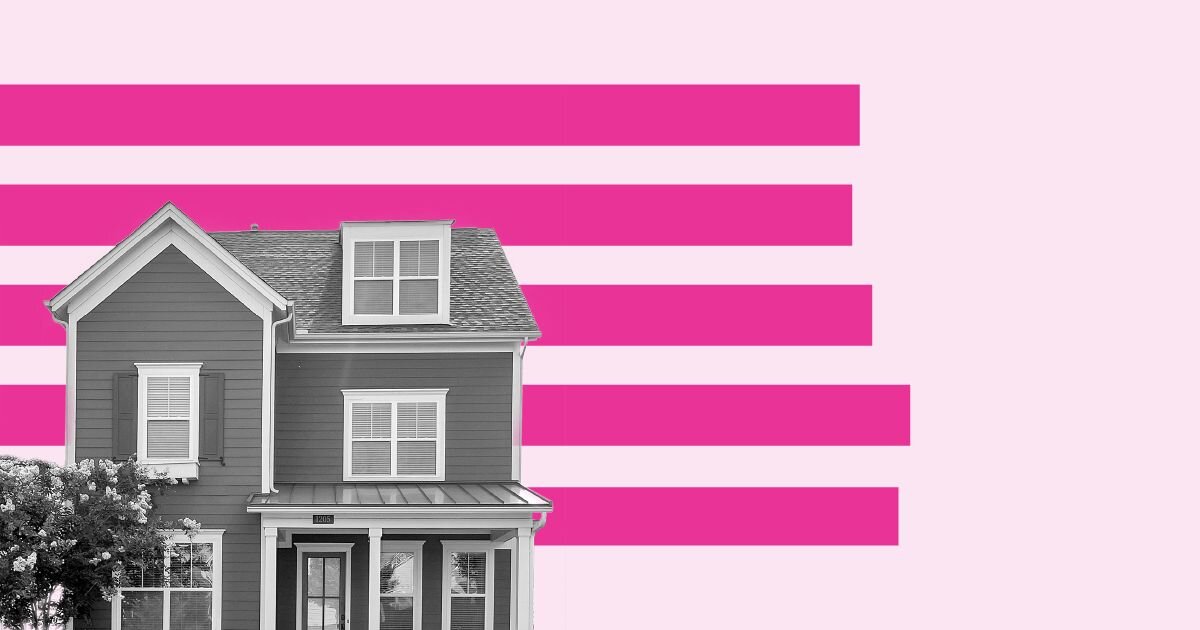The overall American homeownership rate — the proportion of households living in homes they own — grew from a recent low of 63.4% in 2016 to 65.8% in 2022, according to data from the US Census Bureau. The homeownership rate grew more for people under 35 than any other age group, up from 34.5% to 39.0%.
What is the recent history of homeownership in the US?
As a host of factors from low-interest rates to predatory lending practices drove an increase in homeownership in the mid-1990s, national homeownership rates rose through the turn of the millennium until the 2004 foreclosure crisis and the ensuing recession. After reaching a high of 69.0% in 2004, the national homeownership rate fell for 12 straight years to 63.4% in 2016, its lowest point since 1966.
In 2017, the rate began to trend upward, increasing by 2.4 percentage points by 2022. That year’s rate of 65.8% is higher than it was in any year from 1960 to 1997.
Who is driving the rising homeownership rates?
More than any other age group, young adults in their 20s and 30s increased their rates of homeownership from 2016 to 2022. The four age groups whose rates rose the most in that time were all below the age of 40, including increases of:
- 3.5 points for people younger than 25
- 4.7 points for people between 25 and 29
- 3.4 points for people between 30 and 34
- 3.9 points for people between 35 and 39
On the other hand, homeownership rates for people older than 50 changed modestly in comparison. For adults in their 50s and 60s, homeownership rates changed less than one percentage point in either direction. Rates for people 75 years or older rose by 1.6 points; those between 70 and 74 fell by 1.5.
The foreclosure crisis had impacted householders between the ages of 25 and 50 the hardest, and their rates remain lower than in 2004.
Subscribe to get unbiased, data-driven insights sent to your inbox weekly.
Are racial minority homeownership rates rising as well?
US homeownership rates reflect racial disparities, with white householders owning 70.4% of their homes as of 2022 and no other racial or ethnic group at a rate higher than 61.0%.
Black and Native populations’ homeownership rates were particularly impacted by the foreclosure crisis. From 2016 to 2022, though, these two groups have been part of the group with rebounding homeownership rates. In that time, American Indian and Alaskan Native homeownership increased 5.8 percentage points; Asian, Native Hawaiian, and Pacific Islander homeownership grew 5.6 points; and Black homeownership rose 3.4 points.
Lower-income homeownership rates are rising
Homeownership rates are rising among American households with lower-than-average incomes, as well. According to the Census Bureau, the median household income in 2022 was $74,580.
From a historical low in the second quarter of 2016 to the third quarter of 2023, homeownership among households with incomes at or above the national average rose 1.1 percentage points from 77.8% to 78.9%, while the rate for those below the median family income rose 5.1 points from 48.0% to 53.1%.
The 53.1% homeownership rate in the third quarter of 2023 among households with family incomes lower than the median was as high as it ever was in the years leading up to the Great Recession.
Read more about housing and the economy and get the data directly in your inbox by signing up for our newsletter.
Related economy articles
Read data analyses written by the USAFacts team.
Page sources and methodology
All of the data on the page was sourced directly from government agencies. The analysis and final review was performed by USAFacts.
Census Bureau
Housing Vacancies and Homeownership
Census Bureau
Rate of Homeownership Higher Than Before Pandemic in All Regions



